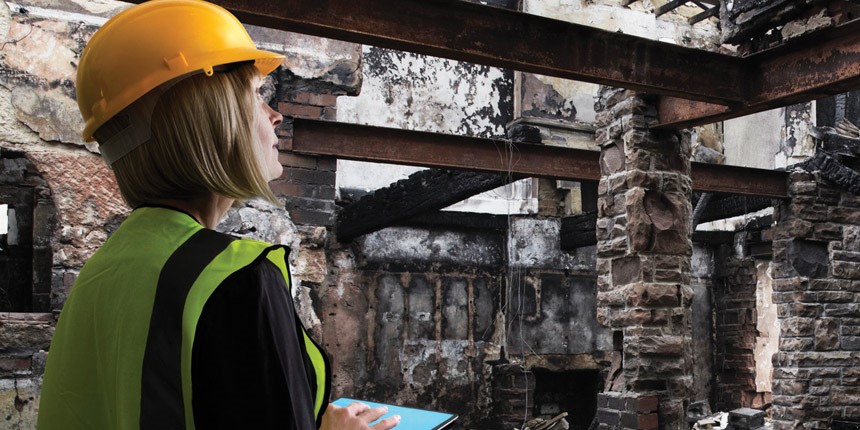Fire safety, fire risk assessments and arson defence
Prevent fires before they happen with help from our fire safety guidance.

Most fires are preventable with some easy maintenance and simple checks. Fire safety should form part of any risk assessment but there are some more specific steps to take when it comes to preventing fire.
Legal Requirements in fire safety
- Ignition sources
- Suitable means of detecting and raising the alarm in the event of a fire
- Adequate emergency escape routes and exits
- Appropriate type and numbers of fire extinguishers
- Correct type and sufficient numbers of fire signs and notices
- Provision for the correct maintenance of fire equipment
- Suitable provision for the protection of Fire Service personnel
- Ensure the occupants receive the appropriate instruction/training in actions to be taken in the event of a fire using evacuation drills
- The effect a fire could have on neighbours.
Who is the responsible person in fire safety law
The duty of care in respect of fire safety on buildings rests with the owner/occupier, which could include,
- An employer with control of the workplace
- A person with overall management control of a building
- An occupier of the premises
- The owner of a premises
- The landlord where building is in multi-occupancy.
Every person who has control over premises has a duty to;
(a) take all reasonable measures to guard against the outbreak of fire on the premises
(b) provide reasonable fire safety measures for the premises and prepare and provide appropriate fire safety procedures to ensure the safety of persons on the premises,
(c) ensure the fire safety measures and procedures referred to in paragraph (b) are applied at all time
(d) ensure as far as reasonable practicable the safety of persons on the premises in the event of an outbreak of fire.
Fire safety risk assessments
Safety in kitchens
- Cooking processes and the equipment associated with them e.g. accidental overheating of cooking fats and oils leading to ignition e.g. deep fat fryers.
- Lack of servicing, maintenance and inadequate cleaning of the kitchen/cooking areas and the equipment associated with them e.g. inadequate cleaning regimes for cooking appliances and fume extraction ducting.
How to protect buildings from arson attack
- Signs of vandalism – these can indicate higher risk of crime in the area.
- Vulnerable areas around the building - areas undercover or out of clear sight.
- Fire hazards - items such as combustible waste material, flammable liquids.
- Inadequate security measures – weak locks or jarred windows.
- Fire or intruder alarms – are vulnerable areas of the property all covered by the systems.?
By implementing some simple measures organisations can reduce or control arson risks
- Secure outbuildings
- Lock away equipment when not in use
- Clear waste from grounds
- Empty bins regularly
- Lock gates at night
- Organise routine alarm checks.